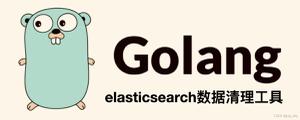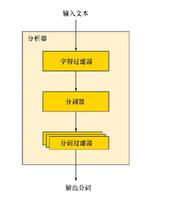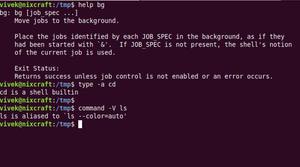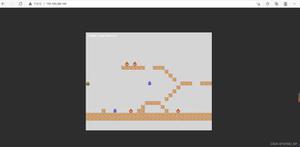在Elasticsearch中查找不同的内部对象
我们正在尝试在Elasticsearch中找到不同的内部对象。这将是我们案例的最小示例。我们一直坚持下面的映射(更改类型或索引或添加新字段不会有问题,但结构应保持原样):
{ "building": {
"properties": {
"street": {
"type": "string",
"store": "yes",
"index": "not_analyzed"
},
"house number": {
"type": "string",
"store": "yes",
"index": "not_analyzed"
},
"city": {
"type": "string",
"store": "yes",
"index": "not_analyzed"
},
"people": {
"type": "object",
"store": "yes",
"index": "not_analyzed",
"properties": {
"firstName": {
"type": "string",
"store": "yes",
"index": "not_analyzed"
},
"lastName": {
"type": "string",
"store": "yes",
"index": "not_analyzed"
}
}
}
}
}
}
假设我们有以下示例数据:
{ "buildings": [
{
"street": "Baker Street",
"house number": "221 B",
"city": "London",
"people": [
{
"firstName": "John",
"lastName": "Doe"
},
{
"firstName": "Jane",
"lastName": "Doe"
}
]
},
{
"street": "Baker Street",
"house number": "5",
"city": "London",
"people": [
{
"firstName": "John",
"lastName": "Doe"
}
]
},
{
"street": "Garden Street",
"house number": "1",
"city": "London",
"people": [
{
"firstName": "Jane",
"lastName": "Smith"
}
]
}
]
}
当查询街道“贝克街”(以及所需的任何其他选项)时,我们希望获得以下列表:
[ {
"firstName": "John",
"lastName": "Doe"
},
{
"firstName": "Jane",
"lastName": "Doe"
}
]
格式并不重要,但是我们应该能够解析名字和姓氏。只是,由于我们的实际数据集要大得多,因此我们需要使输入项不同。
我们正在使用Elasticsearch 1.7。
回答:
我们终于解决了我们的问题。
我们的解决方案是(如我们预期的那样)一个预先计算的people_all字段。但是在导入数据时,我们正在编写其他字段,而不是使用copy_toor
transform而是在编写它。该字段如下所示:
"people": { "type": "nested",
..
"properties": {
"firstName": {
"type": "string",
"store": "yes",
"index": "not_analyzed"
},
"lastName": {
"type": "string",
"store": "yes",
"index": "not_analyzed"
},
"people_all": {
"type": "string",
"index": "not_analyzed"
}
}
}
请"index":
"not_analyzed"在people_all现场注意。这对于拥有完整的存储桶很重要。如果您不使用它,我们的示例将返回3个存储桶“ john”,“
jane”和“ doe”。
编写完这个新字段后,我们可以进行如下操作:
{ "size": 0,
"query": {
"term": {
"street": "Baker Street"
}
},
"aggs": {
"people_distinct": {
"nested": {
"path": "people"
},
"aggs": {
"people_all_distinct": {
"terms": {
"field": "people.people_all",
"size": 0
}
}
}
}
}
}
我们返回以下响应:
{ "took": 2,
"timed_out": false,
"_shards": {
"total": 5,
"successful": 5,
"failed": 0
},
"hits": {
"total": 2,
"max_score": 0.0,
"hits": []
},
"aggregations": {
"people_distinct": {
"doc_count": 3,
"people_name_distinct": {
"doc_count_error_upper_bound": 0,
"sum_other_doc_count": 0,
"buckets": [
{
"key": "John Doe",
"doc_count": 2
},
{
"key": "Jane Doe",
"doc_count": 1
}
]
}
}
}
}
现在,在响应中,我们可以创建不同的人员对象。
解析存储桶不是最佳解决方案,firstName并且lastName在每个存储桶中都包含字段会更加有趣。
以上是 在Elasticsearch中查找不同的内部对象 的全部内容, 来源链接: utcz.com/qa/401235.html







